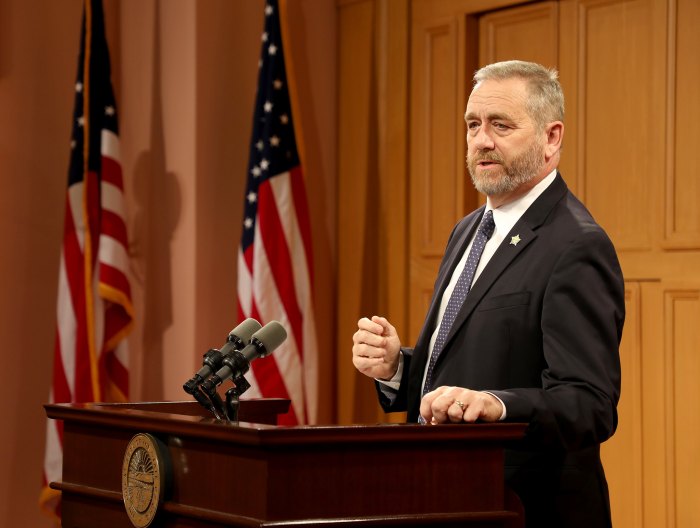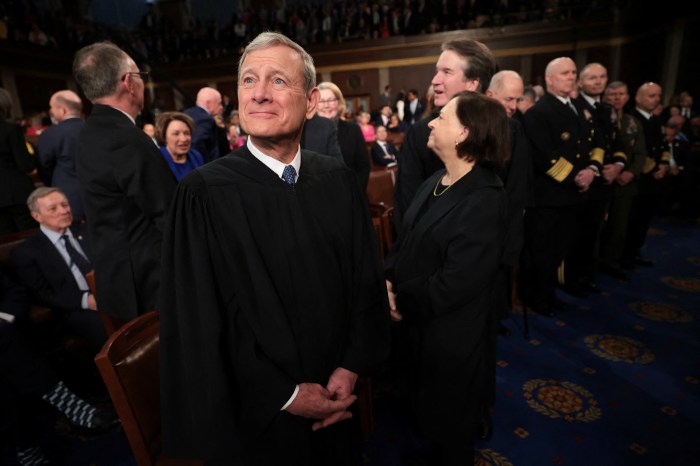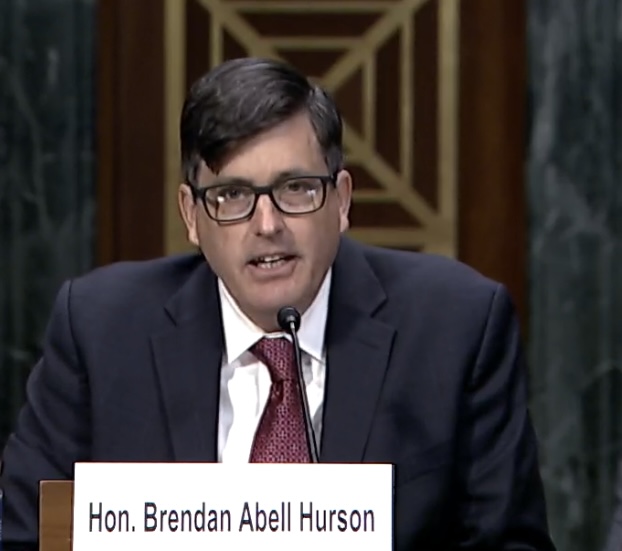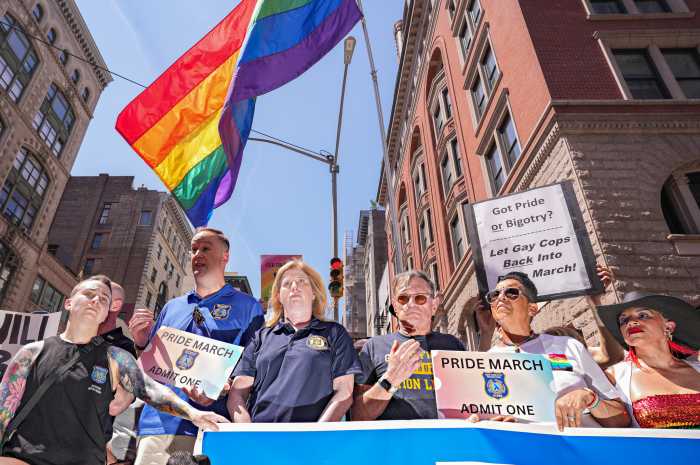A three-judge panel of the San Francisco-based US Court of Appeals for the Ninth Circuit upheld a preliminary injunction that Idaho Chief US District Judge David C. Nye issued several years ago blocking the implementation of Idaho’s “Fairness in Women’s Sports Act,” which was enacted in 2020. Judge Nye has yet to issue a final ruling on the merits in this case. Circuit Judge Kim Wardlaw, who was appointed by President Bill Clinton, wrote the panel decision.
The plaintiff is Lindsay Hecox, a transgender woman who was enrolled at Boise State University. She claims that the law violated Title IX of the Education Amendments of 1972 and the Equal Protection Clause of the 14th Amendment by preventing her from trying out for the university’s women’s track team. Judge Nye based the preliminary injunction solely on Hecox’s Equal Protection claim.
After Judge Nye issued the preliminary injunction, Hecox was permitted to try out for the team, but she failed to make the team and subsequently withdrew temporarily as a student from Boise State. The district court and the court of appeals rejected the state’s claim that this withdrawal mooted the case, noting that it was temporary and that Hecox asserted she would be returning to the school in the future and hoped to try out again.
Idaho’s ban was the first such law to be enacted in the nation, but over the ensuing three years the number of states to have passed such categorical bans has reached 21. Several of them have been challenged in lawsuits by transgender students. In a footnote, Judge Wardlaw commented, “Other federal and state courts have enjoined transgender sports bans, and no categorical ban has yet been upheld on appeal.” Idaho’s ban went further than the others by authorizing people with any doubts about a women’s sports competitor’s bona fides to challenge them, placing the burden on the competitor to provide proof through a doctor’s certification that she was a “biological woman.” This provision came in for particular criticism by a majority of the Ninth Circuit panel as a clear instance of sex discrimination, since a similar challenge was not authorized concerning the bona fides of any male competitors. Circuit Judge Morgan Christen, who agreed to affirm the granting of an injunction, diverged from the majority’s reasoning as to this issue.
In line with Judge Nye’s approach, the panel opinion rests solidly on Equal Protection analysis, not directly addressing the fraught question of whether Title IX’s ban on sex discrimination by educational institutions extends to gender identity discrimination. However, the court reported in a footnote the Biden Administration’s opinion that Title IX does apply to gender identity discrimination claims by students, and citing other court decisions to that effect.
Wardlaw’s opinion provides a detailed account of the history of enactment of H.B. 500, as the measure was then known, clearly showing that this was, at the time, a bill in search of a reason for being. When it was enacted by the legislature, there had been no reported instances of transgender women in Idaho seeking to compete in women’s scholastic sports. The enactment appears to have been a reaction to news reports, pumped up to a frenzy by conservative media outlets, about two transgender women competing with some success in women’s track events in Connecticut. Taking a calmer retrospective view, it should be apparent to competent lawyers that the measure raised serious constitutional issues. In fact, the state’s attorney general cautioned the legislature that they were buying a lawsuit that they would probably lose, so the court’s ruling on preliminary relief was not unexpected.
The main issue for the Court of Appeals was whether Judge Nye had abused his discretion by granting the preliminary injunction based on his conclusion that the plaintiff was likely to be successful in her equal protection claim. Judge Wardlaw did a deep dive into the factual and constitutional analysis, concluding that many of the factual premises that the legislature embraced are faulty, and that a categorical ban on transgender participation misses the nuances of the facts available both then and now concerning the interests the legislature stated in the statute.
If the legislature meant to prevent cisgender women from being “displaced” from competitive sports by transgender women as it claimed, the court found that such displacement fears were unwarranted as a matter of simple arithmetic because transgender women wishing to compete in women’s sports are such a small number that it is highly unlikely that they would be “displacing” a substantial number of cisgender women.
As to the legislature’s asserted concern for fair competition, the court pointed out the faulty factual findings in the statute about competitive advantages for transgender women, and particularly its failure to account for the effect of transitional hormone treatment in reducing any competitive advantage a transgender woman might enjoy, especially when they transitioned early before experiencing male puberty. The legislature’s approach was insufficiently nuanced to survive heightened scrutiny, and there was no argument that in the Ninth Circuit discrimination because of sex or gender identity are both subject to heightened scrutiny under Equal Protection precedents. Under the heightened scrutiny analysis, the government has the burden to show that the challenged statutes substantially advanced an important state interest. The court found the government’s evidence for this unpersuasive.
The Ninth Circuit panel rejected the state’s argument that the case did not involve discrimination because of gender identity, finding that although the wording of the statute did not use such terms as “gender identity” or “transgender,” it was drafted in such a way as to exclude all transgender women, by using the heavily disputed concept of “biological sex” as a determinant of whether an individual is a man or a woman. The wording created a clear proxy for anti-transgender discrimination. This conclusion was bolstered by quotes from supporters of the bill, who clearly sought to bar transgender women from competing with cisgender women.
The panel reserved special ire for the provision authorizing challenges to an individual’s sex if they wanted to participate on a women’s team and somebody raised doubts about whether they were women within the meaning of the statute. The court found this procedure to be unduly intrusive, arguing that it singled out women – and particularly transgender women – and placed no symmetrical burden on men, providing no mechanism for challenging whether somebody who wanted to participate on a men’s team was male. The dissenting judge challenged some of this analysis, contending that the ability to make a sex challenge was determined not by the sex or gender identity of the challenged individual but rather whether they were competing on a women’s team. The mental gymnastics of this argument struck this writer as bizarrely formalistic.
The court concluded that even though the case was litigated as an as-applied challenge to the statute from the perspective of Lindsay Hecox, Judge Nye had not abused his discretion by broadly enjoining all implementation of the Act, not restricting his injunctive relief just to protect Hecox personally. Although normally preliminary injunctions are focused narrowly to preserve the rights of the identified plaintiffs in the case, the 9th Circuit panel considered that the nature of this case justified the broader approach since it reflected facial problems with the law.
The dissenter agreed with much of the panel opinion, but faulted the injunction as being insufficiently specific to meet the requirements of the Federal Rules of Civil Procedure. Delving into the majority’s discussion of the science, Judge Christen noted that the court had conceded that fairness could require the exclusion of some transgender women based on the facts and timing of their transition – most importantly, whether they were taking medications that lowered their level of endogenous testosterone, which was shown to be considered the most important element in conferring athletic advantage on males – and chided the majority for affirming the injunction without calling for it to be modified it to reflect these factual findings. Perhaps Judge Nye will react to this suggestion as the case proceeds. The panel’s conclusion indicated that the policies adopted by several sports regulatory bodies, which call for individualistic assessments rather than an across-the-board ban, would be consistent with the injunctive relief ordered by the court.
Hecox is represented by lawyers from Lambda Legal and the ACLU of Idaho, as well as volunteer attorneys from the private bar and local counsel in Idaho.



































